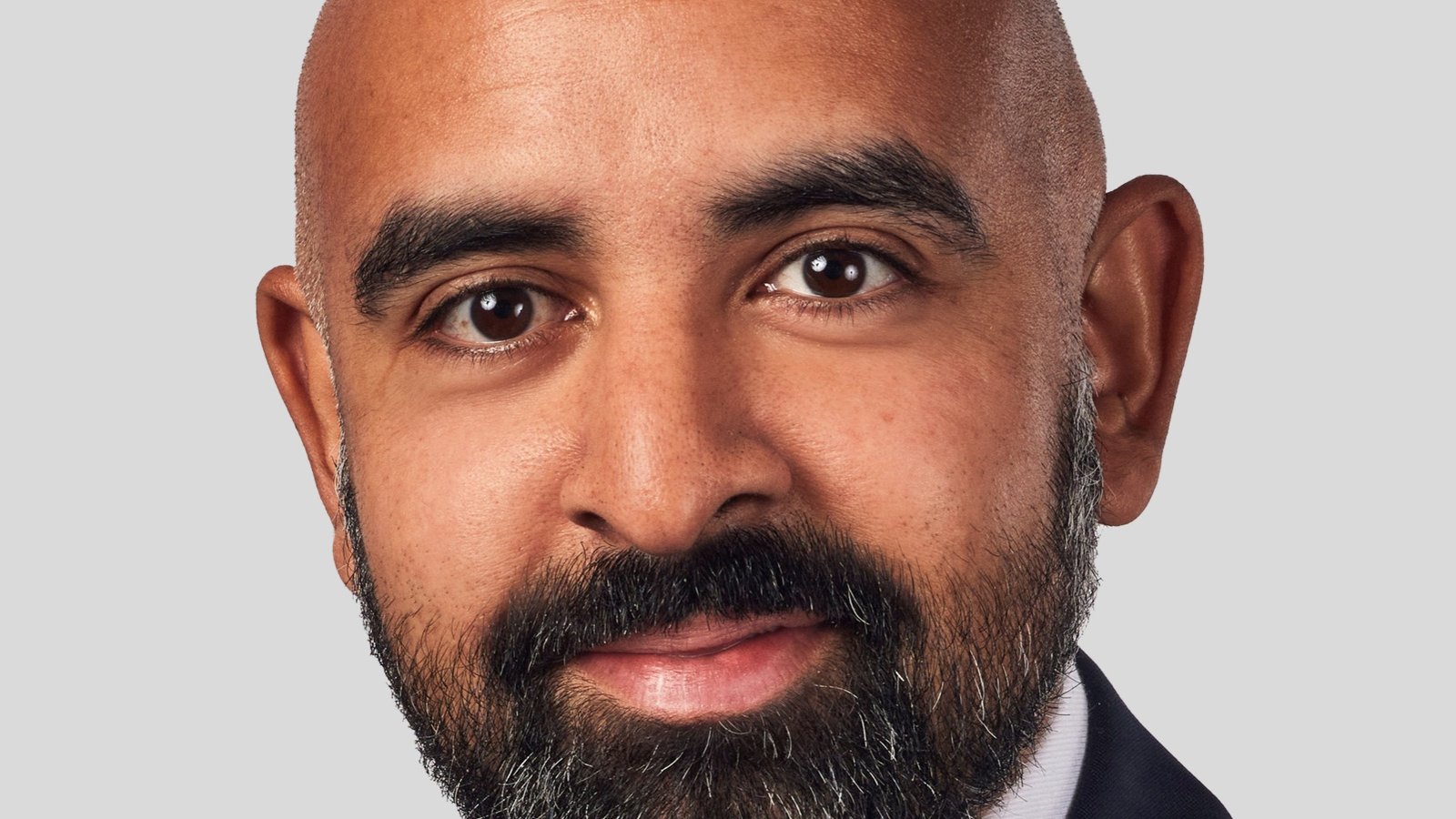Sacha Chorley is a portfolio manager for the Quilter Investors Cirilium range. Before joining Quilter in 2011 he worked at Broadstone as an analyst.
Which fund in your portfolios are you most pleased with?
Pacific North of South EM All Cap Equity. The fund has been managed consistently by the same team for decades even as they have moved organisations.
We have known them for many years and really like the distinct philosophy and process they operate to, and this has borne out in very strong and consistent outperformance.
Which was your worst asset allocation call and what did you learn from it?
Generally, any attempts to buy the dips or sell the tops has been challenging, whether that be in equity or fixed income.
The learning has informed our tactical asset allocation process which gets us to look through multiple factors — both fundamentals as well as technical factors to determine appropriate positions.
Right now, China or India?
It is a tough one to call. India is probably a better buy and hold — generally corporate profiles (return profile, balance sheet strength) are regarded as being better in India compared to China, but it still remains a more expensive market.
The Chinese economic environment looks like it might be at an inflection point in the short term and there are some signs that policymakers are looking to support growth in the near term.
But given the focus that China is likely to get from President Trump and his tariffs, combined with the general quality of Indian businesses, it seems like India might be the way to go if you had to pick between the two.
What macro issue is having the biggest impact on your portfolios? How are you addressing it?
Policy uncertainty. A problem for everyone of course but really trying to manage this through diversification and ensuring the level of exposures is appropriate.
This is at every level across our asset allocation process, looking at the level of risk we are willing to take, what sort of investment style will work best and where we want those exposures regionally.
It is a difficult balancing act as things are moving very quickly.
Which fund do you particularly admire that isn’t held in your client portfolios? Why don’t you hold it?
The big multi-strategy hedge funds that can deliver 15 per cent or more per annum while notionally controlling for factor risks are always very intriguing.
However, these funds frankly don’t come with the transparency we would expect and thus we can never be sure of what they do or how they do it.
Furthermore, the fees can be extortionate, so the opportunity is just not there for us to take advantage of.
Best source of uncorrelated returns?
Neuberger Berman Event Driven. This is a fund that we helped to seed and is one with a really high quality team with very strong pedigree.
We especially like the nuanced way they go about hedging their positions, plus a few different levers that allow them to generate returns in different market conditions.
Performance has been strong but uncorrelated since launch which is pleasing to see.
How are you keeping costs down?
There are three ways we look to bring costs down for clients. Firstly, through the use of passive, direct or derivative strategies where these are appropriate.
For example, it is hard to extract a lot of outperformance from the gilt market, so being passive is often a good idea.
Secondly, we have a willingness to seed new strategies. There are a number of good ideas from quality teams that just can’t get off the ground for whatever reason.
For us it obviously needs to be the right strategy, but use our well-resourced research team to identify these and offer day one scale in exchange for attractive fees.
And finally, we use our own scale to good effect on our other fund holdings, ensuring that costs are kept as low as possible, especially where there are holdings across different ranges within Quilter.
What do you think is your most interesting tactical call at the moment?
We are currently overweight to Japanese equity. While it had a bit of a bright moment a couple of years ago, it remains one of the cheapest markets going with nice, structural corporate reform tailwinds continuing.
From a macroeconomic, perspective it will be in the crosshairs from a tariff perspective of course, but should we enter a cyclical upturn then the market is likely to benefit so it acts well from a portfolio construction perspective.
Is there an asset class you are currently on the fence about (buying or selling)?
Gold is always a point of debate in the team especially in the face of its very strong returns over the past 18 months or so. The rationale for owning is that it is a store of value and has tended to perform well as a diversifier in times of stress.
But the cost of carrying it is very high (storage costs, insurance etc) and in reality it has tended to work and not work at times when you might have expected it to work.
For example, it was a lot more correlated with stock market returns through Covid.
What (other than Asset Allocator of course!) have you read recently which you’ve found particularly interesting or insightful as regards your work managing portfolios?
The investment letters written by Howard Marks of Oaktree Capital are always interesting and approach investment topics of the day (although generally fixed income/credit focused) in a very thoughtful way.
What’s your hottest investment take?
Getting investment ideas right isn’t the entire game, executing well on those ideas is also very important, and under-appreciated.







